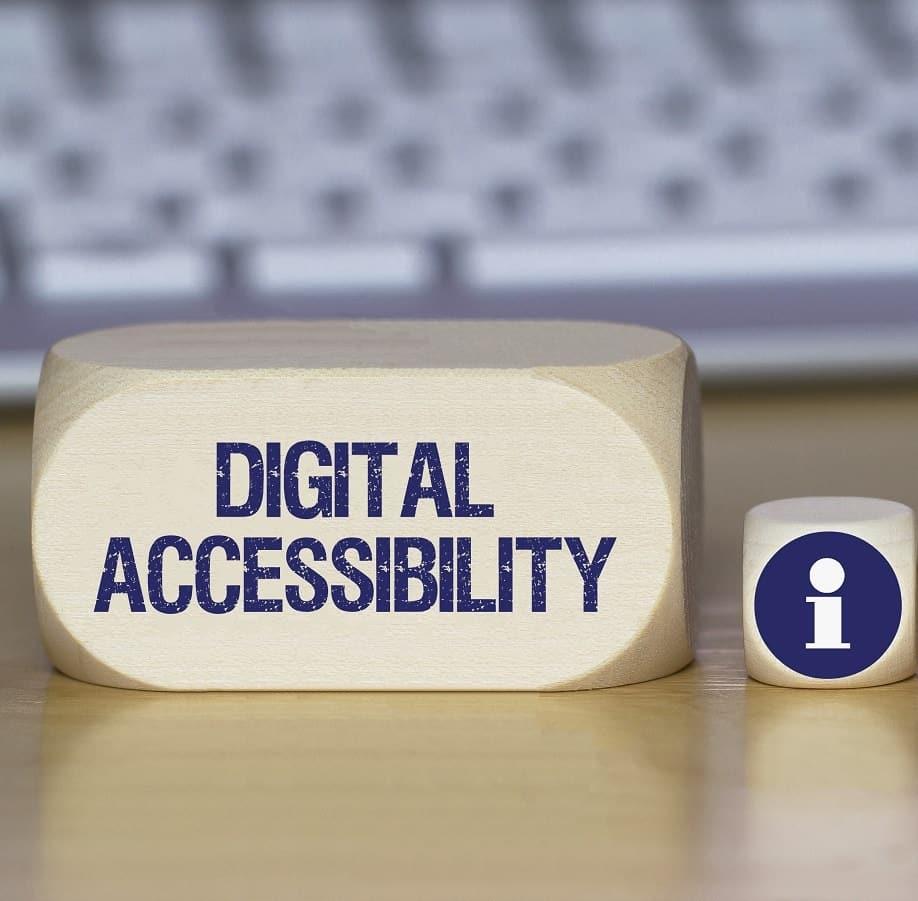Rehabilitation Act
The Rehabilitation Act of 1973 prohibits discrimination on the basis of disability in programs conducted by federal agencies, in programs receiving federal financial assistance, in federal employment, and in the employment practices of federal contractors. The standards for determining employment discrimination under the Rehabilitation Act are the same as those used in Title I of the Americans with Disabilities Act (ADA).
The act has several sections, including:
- Section 501 requires affirmative action and nondiscrimination in employment by federal agencies of the executive branch
- Section 503 requires affirmative action and prohibits employment discrimination by federal government contractors and subcontractors with contracts of more than $10,000
- Section 504 prohibits discrimination against individuals with disabilities in public or private institutions, programs, or activities that receive federal financial assistance
- Section 505 contains provisions governing remedies and attorney’s fees under Section 501
- Section 508 requires federal electronic and information technology to be accessible to people with disabilities, including employees and members of the public
Section 504 and Section 508 commonly are applied and considered in relation to accessibility and the deaf and hard-of-hearing community, and responsibilities under those sections can overlap.
Section 504
Section 504 of the Rehabilitation Act prohibits discrimination against individuals with disabilities in public or private institutions, programs, or activities that receive federal financial assistance. Examples of these organizations and employers can include schools, hospitals, nursing facilities, and mental health centers.
It requires programs that receive federal financial assistance to provide accommodations − program accessibility, effective communication, and accessible new construction and alterations, just to name a few − to people with disabilities when needed.
For individuals who are deaf or hard of hearing or blind or with low vision, these accommodations could include captioning, sign language interpreters, assistive listening devices, brailled or large-print versions of materials, or other auxiliary aids.
From an educational standpoint, many public schools, colleges, and universities receive federal funds through a number of federally supported activities and, as a result, must comply with the provisions of Section 504.
Working in conjunction with the ADA, the section can apply to a broad range of school programs, services, and activities, including lessons, board meetings, and summer school as well as extracurricular programs, sports, and after-school activities.

Section 508
Section 508 of the Rehabilitation Act requires federal agencies to make electronic and information technology accessible to people with disabilities. The law applies to all federal agencies when they develop, procure, maintain, or use electronic and information technology, and covers everything from computers and office equipment to websites. It also applies to entities that receive federal funding, including many colleges and universities. The section titled “video and multimedia products” deals specifically with accessible media services and states:
- “All training and informational video and multimedia productions which support the agency’s mission, regardless of format, that contains speech or other audio information necessary for the comprehension of the content, shall be open or closed captioned”
- “All training and informational video and multimedia productions that support the agency’s mission, regardless of format, that contain visual information necessary for the comprehension of the content, shall be audio described”
The captioning requirement means that simply posting a transcript next to a video is not acceptable. If your video contains speech which must be understood, it must be captioned, with captions appearing in time with the speech.
The audio description requirement is handled differently by various agencies. Many trainers have been taught to describe anything they are presenting, including charts, so that “talking head” videos may be accessible without adding a description track. Agencies that serve the public, including the National Park Service, do include audio description with their videos.

Section 508 Refresh
Section 508 was updated in 2018, revising and refreshing the federal sector’s standards for accessible electronic and information technology in order to keep the act current with modern technologies.
Section 508’s “refresh” was designed to address the myriad changes in technology over the nearly two decades since 508 was enacted, and to bring federal requirements more closely in line with Web Content Accessibility Guidelines (WCAG), the widely accepted standard for online content accessibility.
WCAG’s standards define three levels of accessibility − A (the minimum level of conformance), AA (more accessible), and AAA (highly accessible) − and provide specific criteria for conformance at each of these levels.
Level A covers the most basic web accessibility features:
All non-text content that is presented to the user has a text alternative that serves the equivalent purpose, such as large print, braille, symbols, or simpler language, except for these situations.
Captions are provided for all prerecorded audio content in synchronized media, except when the media is a media alternative for text and is clearly labeled as such.
For prerecorded audio-only and prerecorded video-only media, the following are true, except when the audio or video is a media alternative for text and is clearly labeled as such:
- Prerecorded audio-only: An alternative for time-based media is provided that presents equivalent information for prerecorded audio-only content
- Prerecorded video-only: Either an alternative for time-based media or an audio track is provided that presents equivalent information for prerecorded video-only content
Level AA includes all Level A and AA requirements, and addresses the biggest and most common barriers for disabled users.
- Captions are provided for all live audio content in synchronized media
- Audio description is provided for all prerecorded video content in synchronized media
Many organizations strive to meet Level AA.
- Level AAA includes all Level A, AA, and AAA requirements. The WCAG does not recommend that Level AAA conformance be required as a general policy for entire sites because it is not possible to satisfy all Level AAA success criteria for some content

Voluntary Product Accessibility Templates
Our government and education clients often ask us for a Voluntary Product Accessibility Template, or VPAT, as a requirement for performing work. A VPAT is a document that details how an information and communications technology product or service conforms with Section 508.
It is our opinion that our services themselves − captioning, audio description, subtitling, and transcription − enable our clients to meet requirements and do not require a VPAT, but we have worked with some to detail how various elements conform to the different WCAG and Section 508 requirements. Contact us to learn more.